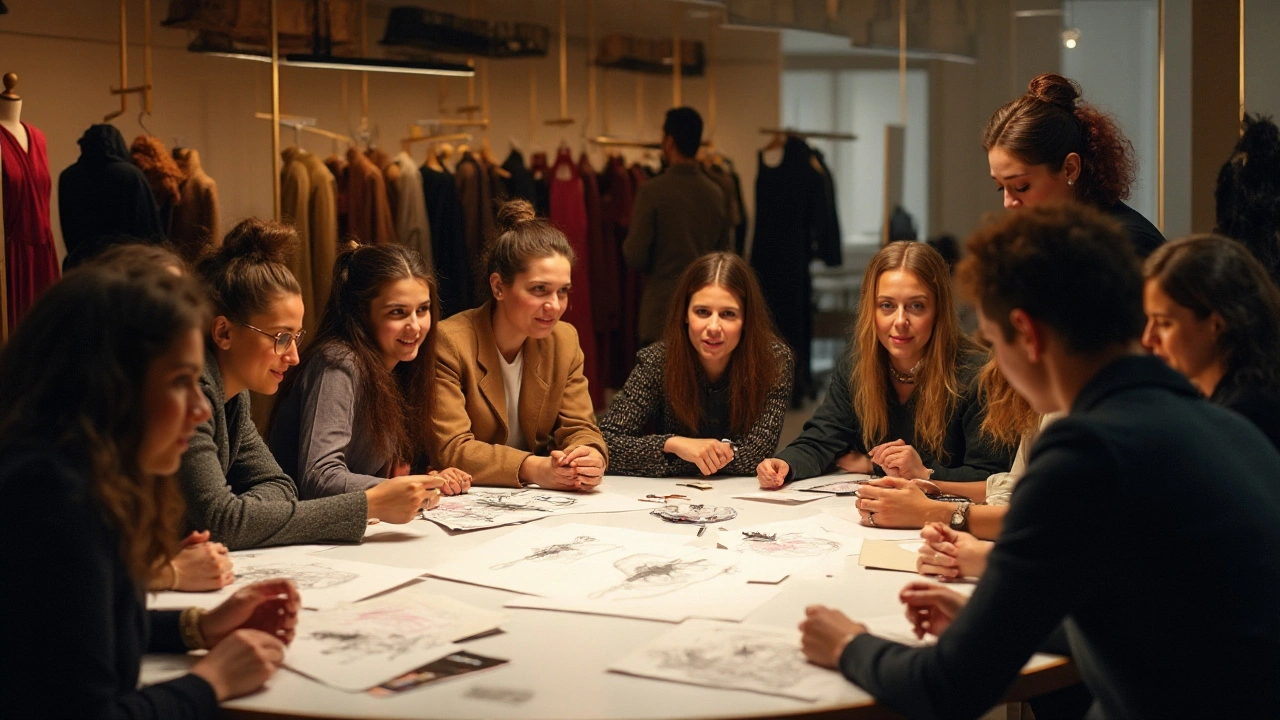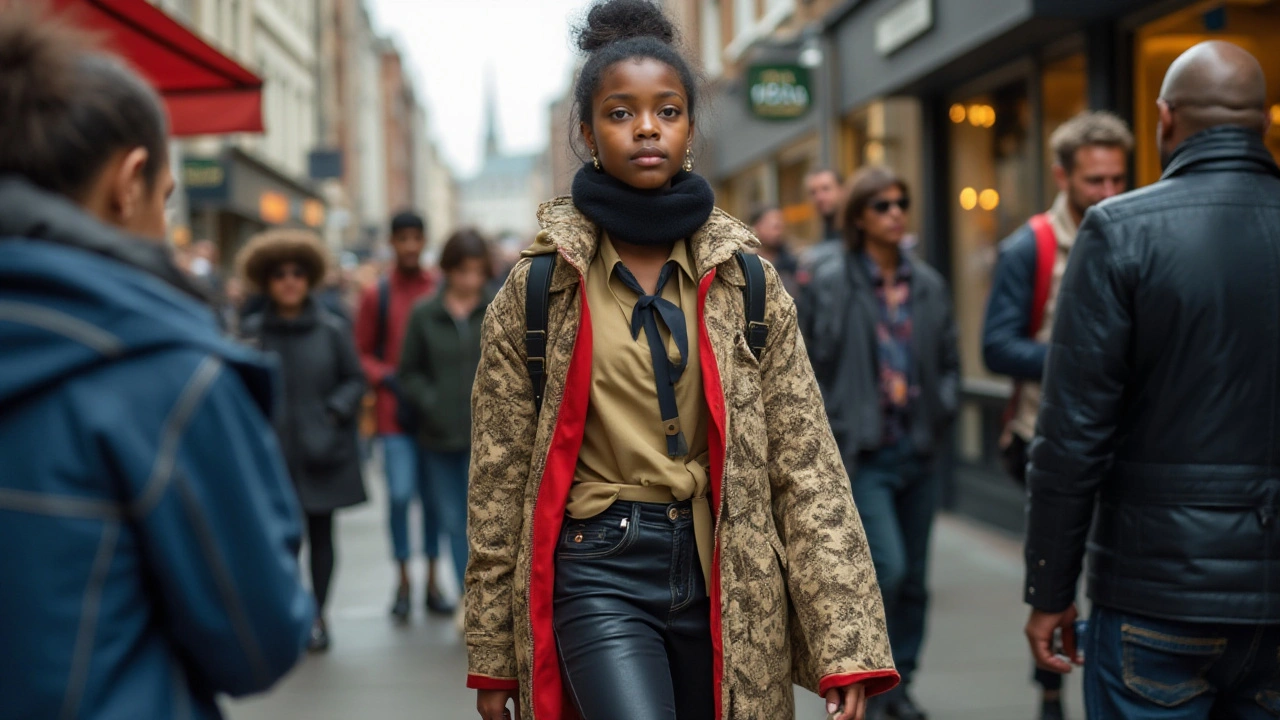International Style changed how we look at fashion by blending influences from around the world with a clean, modern edge. This article digs into how this style took over runways and streetwear, why designers love it, and how you can spot—or wear—these timeless looks. Learn where it comes from, what sets it apart from other trends, and get smart tips on adding international flavor to your own closet. If you care about where fashion is heading, you'll want to know why International Style is here to stay. The tips and facts here will help you keep your wardrobe fresh and global.
Global Fashion: How Architectural Styles Cross Borders
Styles travel faster than people. A column from Athens, a façade from Paris, or a glass tower from London can show up thousands of miles away and feel at home. This page looks at how architectural trends become global fashion and gives clear, useful tips to spot and use those ideas in real projects.
Historic forces pushed styles around the world: trade, colonization, world fairs, and the export of architects and builders. Think colonial buildings that mixed local craft with foreign orders, or Beaux-Arts planning that reshaped cities from New York to Buenos Aires. In the 20th century, movements like Bauhaus, Constructivism, and Mid-Century Modern spread through schools, books, and international commissions. Today, media and global firms accelerate that spread—neo-futurist curves and high-tech glass appear everywhere thanks to fast communication and shared tools.
Why do some looks stick? Three reasons: they solve local problems, they adapt to materials and skills on site, and they carry symbolic power. Greek Revival used columns to signal civic order. Roman concrete and arches solved long-span needs and still influence infrastructure. High-tech façades use glass and steel because they answer modern needs for light, flexibility, and speed of construction.
Quick ID Guide
Spotting global styles gets easier if you focus on a few clear signs. Look for these features:
- Columns, pediments, and symmetry often point to classical or revival styles like Greek Revival and Beaux-Arts.
- Rich ornament, dramatic curves, and layered façades suggest Baroque or expressionist influence.
- Exposed structure, visible ducts, and industrial materials signal High-Tech or Constructivist roots.
- Clean lines, simple forms, and functional layouts hint at Bauhaus or Mid-Century Modern approaches.
- Bold, futuristic shapes with flowing surfaces are usually Neo-Futurism or late modern experiments.
How to Use Global Fashion Without Losing Local Sense
Want to borrow a style for a project? Pick one strong idea and adapt it. Use a column rhythm on a small shopfront instead of copying an entire palace. Replace heavy stone with local brick or timber and keep proportions that fit the climate. Mix a modern glass insertion into a preserved historic block rather than erasing original details.
Preservation matters. When a style arrived historically, it often changed local craft. Today you can honor that history by keeping original craftwork and adding new layers that speak to now. Practical moves—proper insulation, modern foundations, climate-aware materials—let historic looks work in today’s cities.
Want examples and deeper reads? Explore posts on colonial, Renaissance, Beaux-Arts, Greek Revival, High-Tech, and Neo-Futurism to see how each style traveled and adapted. Which architectural fashion will you spot on your next walk?
International Style explores the breadth of global fashion as it evolves to encompass cultural diversity and technological advancements. With designers drawing inspiration from across the world, there's a melding of traditions and innovations redefining what fashion means today. The future of fashion is marked by sustainable practices, tech-integrated wearables, and the blending of cultural aesthetics. This article delves into the exciting developments shaping the future international style, offering insights into how these trends are creating a more inclusive and innovative fashion industry.
Explore the latest international style trends that are making a splash in the fashion world. Discover essential pieces and styles from different cultures that can elevate your wardrobe. Learn how you can incorporate these global fashion elements to stay ahead in the style game.



